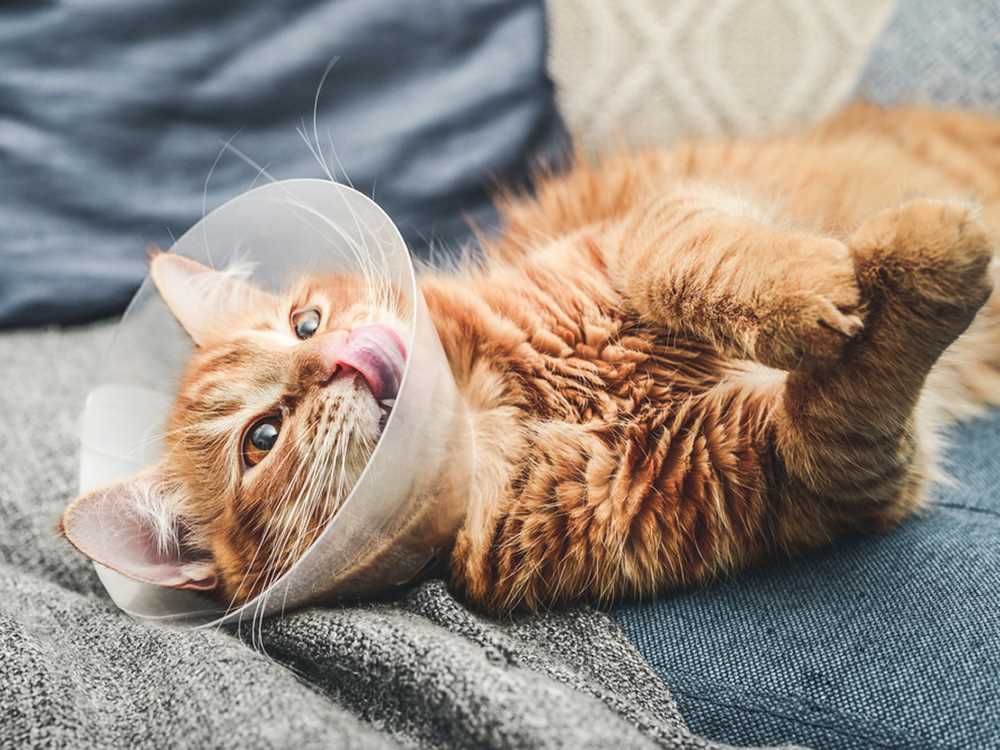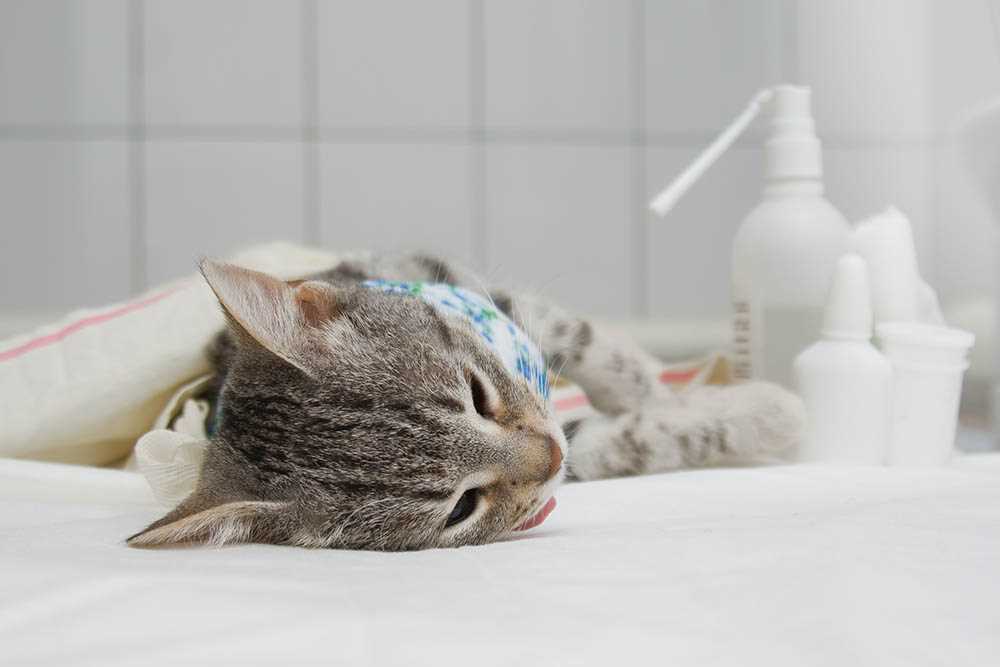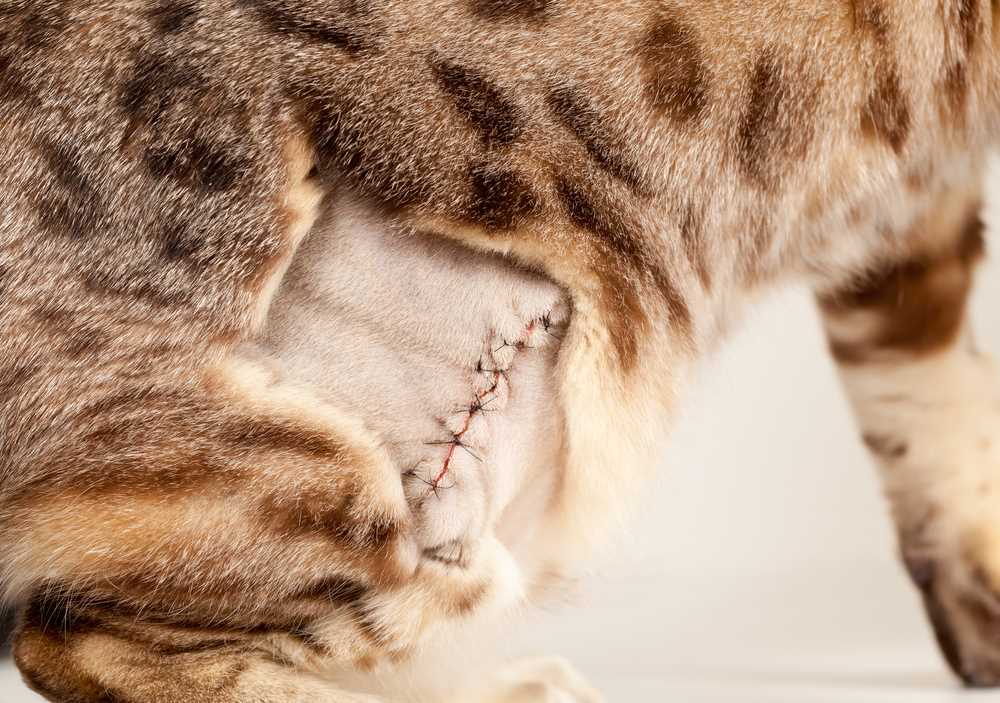



Wait a minimum of 10 to 14 days before allowing any interactions with other felines. This period is critical for recovery and to ensure no complications arise from the procedure. During this time, a quiet and comfortable space is essential to promote healing.
Monitor for any signs of discomfort or behavioral changes. If everything seems normal, you can gradually reintroduce your furry friend to their companions. Start with short, supervised sessions to gauge their reactions. Always prioritize safety and comfort during these interactions.
After the initial two weeks, if your buddy is acting like their usual self, they can begin to meet their pals again. However, keep an eye on them for any signs of stress or aggression. It’s important to ensure everyone feels secure in the environment.
Recommended Timeframe for Post-Surgery Isolation
Two weeks is the guideline I follow for maintaining distance from my feline friends post-surgery. This period allows for proper healing while minimizing stress. Each cat is unique, so monitoring their recovery is key.
Signs of Recovery

During this timeframe, watch for:
- Reduced swelling at the incision site
- Normal appetite and drinking habits
- Active behavior returning
- Overall comfort and contentment
Gradual Reintroduction
After the initial two weeks, consider gradual interactions:
- Start with short, supervised meetings.
- Observe body language for signs of stress or aggression.
- Increase interaction time as comfort levels rise.
Patience is vital; rushing can lead to setbacks. Each day should bring more confidence and ease among us.
Understanding the Spaying Procedure and Recovery
Following the procedure, it’s crucial to monitor the healing process closely. Most veterinarians recommend a recovery period of about 10 to 14 days. During this time, activities should be limited to prevent any strain on the surgical site.
Key Aspects of Recovery
- Rest is paramount. Allow ample time for relaxation without jumping or running.
- Watch for signs of discomfort, such as excessive grooming of the area or lethargy.
- Avoid baths or water exposure until the stitches are removed and the site is fully healed.
- Feeding habits may need adjustments; stick to lighter meals if the appetite is low.
Post-Operative Care

- Keep the area clean and dry. Check for any unusual swelling or discharge.
- Provide a quiet, comfortable space for resting. Familiar surroundings can help ease anxiety.
- Follow up with the vet for suture removal and to ensure proper healing.
- Use an Elizabethan collar if necessary to prevent licking at the incision site.
Being attentive during this time can lead to a smooth recovery, allowing for a return to playful antics soon enough. Patience is key!
Signs That Indicate Your Cat Needs More Recovery Time
Observe for excessive lethargy. If I’m not my usual playful self and spend more time napping than normal, it could signal that I need additional recovery. You might notice me avoiding my favorite toys or not engaging with family members.
Watch for any signs of discomfort. If I’m vocalizing more than usual or seem agitated, it’s a potential indicator that I’m not feeling well. Any unusual behavior, like hiding or flinching, can mean I need more time to heal.
Check my eating habits. If I’m not munching on my meals or drinking water as I usually do, it may be time to reevaluate my recovery. Changes in appetite can suggest I’m not yet ready to resume normal activities.
Monitor for swelling or redness at the incision site. If you notice any unusual changes, it could mean complications. A clean, dry area is what you should see; any irritation might require further attention.
Keep an eye on my mobility. If I struggle to jump or move around comfortably, it’s a sign I need more time. I should be able to walk without limping or showing signs of pain.
If I show signs of fever, like warmth to the touch, it’s vital to consult with a veterinarian. A temperature outside the normal range suggests that something may not be right with my recovery.
Lastly, if I’m showing any signs of nausea or vomiting, it’s crucial to take action. This can indicate that my body is reacting poorly to the surgery or medications. Always consult a vet if in doubt.
For those who handle cats frequently, investing in tools like a best pressure washer gun for car detailing can help maintain my living space without stress.
Best Practices for Keeping Cats Separated Post-Surgery
Limit interaction for at least 10 to 14 days post-operation. This ensures full healing and reduces stress on the body.
Create a comfortable recovery area equipped with food, water, litter box, and cozy bedding. This helps maintain a calm environment for healing.
Supervise any brief meetings, ensuring they are short and monitored. Observe body language carefully for signs of stress or aggression.
Use barriers like baby gates or screens to provide a visual separation while allowing them to see each other, reducing anxiety.
Keep toys and enrichment activities available in both spaces to prevent boredom and encourage gentle play.
Regularly check the incision site for any signs of swelling or discharge. Consult a vet if any irregularities are observed.
Gradually increase the duration and frequency of interactions based on your sibling’s recovery progress and behavior. Patience is key.
Limit physical activity, discouraging jumping or rough play until fully healed to prevent complications.
Maintain a consistent routine, as familiarity can reduce anxiety and help with adjustment during this period.
Monitoring Your Cat’s Behavior During Recovery

Pay attention to my activity levels. If I’m unusually lethargic or not engaging with toys, it might indicate discomfort or complications. Ensure I’m moving around gently without excessive straining.
Observe my eating habits closely. A decrease in appetite or refusal to eat for more than a day can signal an issue. Offer my favorite foods to entice me back to the bowl, but avoid rich or spicy treats.
Check my litter box usage regularly. If I haven’t used it for a while, or if there are any signs of straining or blood, inform my human right away.
Monitor my grooming behavior. If I’m excessively licking the surgical area or if there’s swelling or discharge, it’s essential to contact the vet for advice. I might need a protective collar to prevent further irritation.
Keep an eye on my overall demeanor. Changes in behavior, such as hiding or increased vocalization, can indicate stress or pain. Offering comfort and a quiet space is beneficial during this time.
Always be on the lookout for any signs of distress. If I cry out in pain or seem overly sensitive to touch, seek veterinary assistance quickly. My well-being is your priority!
When to Reintroduce Felines Post-Procedure

Wait at least 10-14 days before allowing interaction again. This timeframe ensures sufficient healing for the surgical site, reducing the risk of complications. Each feline’s recovery may vary, so it’s crucial to observe their behavior and physical condition closely.
Signs Indicating Readiness for Reunion
Look for positive signs such as increased energy, normal eating habits, and a return to playful behavior. If your companion shows curiosity towards the other feline and appears calm rather than anxious or aggressive, it’s likely a good time to facilitate their meeting.
Gradual Introduction Techniques
Start with short, supervised interactions in a neutral space. This helps reduce territorial instincts. Use treats to create positive associations during these initial meetings. If any signs of stress or discomfort arise, separate them immediately and allow more recovery time. Ensure both have access to their own resources like food, water, and litter boxes to minimize conflicts.
For nutritious meals during recovery, consider exploring options such as dry cat food for outdoor cats.
Tips for a Smooth Transition After Separation
Start reintroducing me gradually, allowing for brief interactions at first. Always supervise these initial meetings to ensure comfort and safety.
Establish a neutral space for our encounters. This helps reduce territorial disputes and lets both of us feel more relaxed.
Use calming scents, like feline pheromones, to ease tension. Spraying these in shared areas can promote a more peaceful atmosphere.
Offer treats during our reintroduction sessions. This positive reinforcement encourages friendly behavior and helps associate each other with good experiences.
| Interaction Stage | Recommended Duration | Activities |
|---|---|---|
| Initial Meet | 5-10 minutes | Play with a toy together |
| Short Play Sessions | 10-15 minutes | Interactive toys or treats |
| Supervised Free Roaming | 15-30 minutes | Allow exploration of shared spaces |
Monitor our behaviors closely. Look for signs of stress or aggression, and be ready to separate again if needed. Gradually increase the time spent together as we both become comfortable.
Encourage individual playtime in between our sessions. This helps keep our spirits high and reduces any potential jealousy.
Above all, patience is key. Each day presents a new opportunity for us to bond, so take it slow and celebrate small victories.









